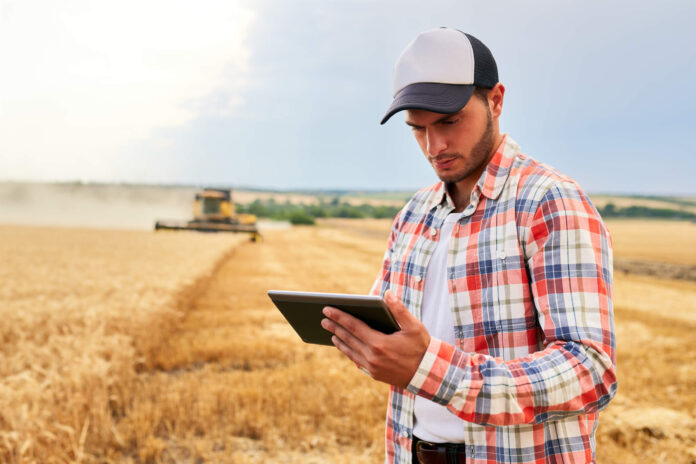In the modern era, agriculture is undergoing a digital revolution, with technology playing a pivotal role in enhancing efficiency and productivity. Software applications tailored for farm management are becoming indispensable tools for agriculturists. From precision farming to streamlined record-keeping, these technologies are reshaping traditional farming practices. Those who own a farm may want to delve into the key ways software is revolutionizing farm management. Embracing these innovations can lead to a more sustainable and profitable farming future.
1. Precision Agriculture: Maximizing Crop Yields
Precision agriculture, enabled by sophisticated software solutions, allows farmers to optimize their resources for maximum crop yields. Through the use of GPS technology, sensors, and data analytics, farmers can precisely manage their fields. Software-driven insights help determine the optimal seeding patterns, irrigation schedules, and fertilizer application rates. This not only maximizes productivity but also minimizes waste, making agriculture more sustainable. The result is a more environmentally friendly and economically viable farming approach. With precise resource management, farmers can also reduce their environmental impact, promoting sustainable farming practices for future generations.
2. Farm Record Keeping: A Digital Ledger for Efficiency
One of the cornerstones of effective farm management is careful record-keeping. Farm record-keeping software simplifies this process, providing a centralized digital platform to track crucial data. This includes information on crop rotations, pesticide applications, weather patterns, and equipment maintenance schedules. Such organized data empowers farmers to make informed decisions, monitor trends, and plan for the future effectively. With streamlined record-keeping, farmers can respond more effectively to changing conditions and market demands. Moreover, this digital ledger can serve as a valuable tool during audits or when seeking certifications, ensuring compliance with industry standards.
3. Automated Equipment Monitoring: Enhancing Operational Efficiency
Crop management software is designed to monitor and manage the entire crop lifecycle. From planting to harvesting, these applications provide insights into crop health, growth patterns, and potential threats. By integrating data from various sources, such as weather forecasts and soil quality assessments, farmers can make data-driven decisions to ensure optimal crop development. This proactive approach minimizes the risk of crop diseases and pest infestations, safeguarding yields. Farmers can rest assured that their crops are being nurtured and protected throughout every stage of growth. Additionally, these software solutions often offer predictive modeling, helping farmers anticipate potential challenges and adjust their strategies accordingly.
4. Crop Management Software: Nurturing Healthy Harvests
Crop management software is designed to monitor and manage the entire crop lifecycle. From planting to harvesting, these applications provide insights into crop health, growth patterns, and potential threats. When data is integrated from various sources, such as weather forecasts and soil quality assessments, farmers can make data-driven decisions to ensure optimal crop development. This proactive approach minimizes the risk of crop diseases and pest infestations, safeguarding yields. Farmers can rest assured that their crops are being nurtured and protected throughout every stage of growth. Additionally, these software solutions often provide predictive modeling, helping farmers anticipate potential challenges and adjust their strategies accordingly.
5. Financial Management: Budgeting for Success
Beyond the fields, software aids farmers in financial management. Budgeting, expense tracking, and income analysis are critical components of a successful farming enterprise. Farm management software allows farmers to streamline these processes, providing a comprehensive view of their financial health. This facilitates informed decision-making, helping farmers allocate resources efficiently, secure loans, and plan for long-term sustainability. With a clear financial picture, farmers can strategically invest in the growth of their operations and navigate economic fluctuations with confidence. Furthermore, financial management software can integrate with accounting systems, simplifying tax preparations and ensuring compliance with financial regulations.
Conclusion
As technology continues to advance, the integration of software into farm management practices becomes increasingly vital. From precision agriculture to financial management, these digital tools offer a holistic approach to farming, promoting sustainability, efficiency, and profitability. The era of pen-and-paper record-keeping is evolving into a digital landscape where farmers leverage data to make informed decisions, ensuring the future prosperity of agriculture in the face of a rapidly changing world. With real-time data analytics, farmers can adapt quickly to market trends and changing environmental conditions, staying ahead of potential challenges. This proactive approach positions agriculture to be more resilient and responsive to the demands of the global food market.



